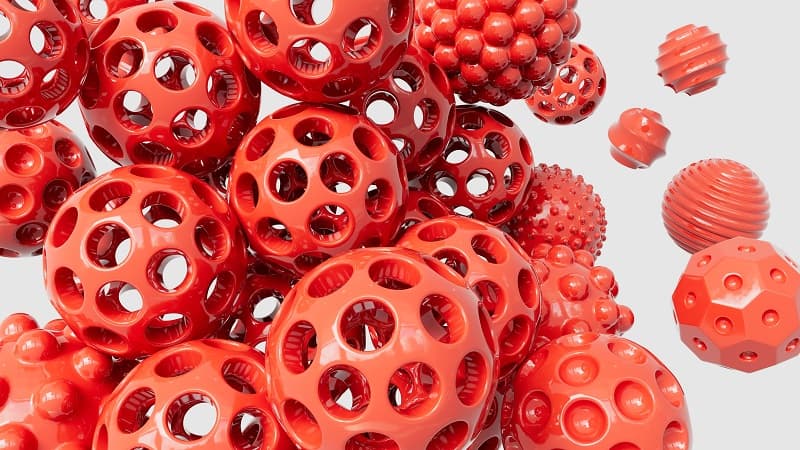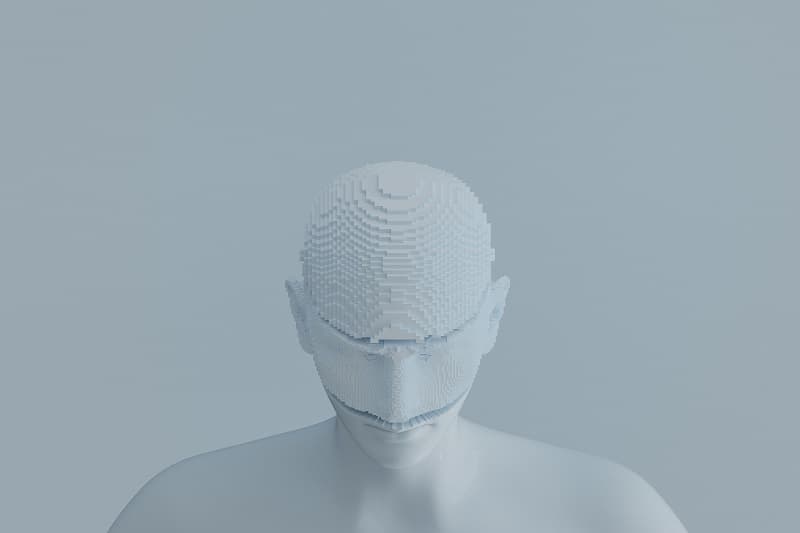

Artificial intelligence has made astonishing progress in generating 2D images from text prompts in recent years. Prompts fot DALL-E 2, Stable Diffusion and Midjourney https://promptsideas.com/market/type-midjourney can create incredibly realistic and creative images. However, AI image generation is now moving into the third dimension. Several companies have developed AI systems that can generate complex 3D models and scenes. These AI 3D art generators offer exciting new creative possibilities for digital artists.
What makes these tools so promising is their ability to instantly generate detailed 3D assets that would take hours or days to model by hand. Some of the results are rough around the edges, but the technology is advancing rapidly. Let’s look at five of the most impressive AI 3D art generators today.
- Spline AI – Streamlined 3D Generation
Spline AI offers an easy way to generate 3D scenes and assets. Simply type or paste a text prompt and Spline’s AI will create a 3D model. You can then easily rotate, pan and zoom to view the scene from any angle.
Some of the key features include layering to blend multiple prompts, custom material selection, and the ability to download your creations. The model quality does depend on your subscription tier, but even the free version can output detailed scenes.
- Luma AI – Focused on Characters
Where Spline AI excels at scenes, Luma AI specializes in 3D character generation. Describe your character idea through text and poses and Luma’s AI will generate stunning 3D models ready for animation and games.
You have fine-grained control during generation to guide the outcome. Adjust the hair, outfit, expression and more while previewing results. Download a variety of formats like FBX, GLTF or PNG render.
For indie game developers, 3D artists or hobbyists, Luma AI can save massive amounts of time versus manual 3D character creation. Bring your imagination to life in mere minutes!
- Meshcapade – Unique Claymorphic Style
If you want something beyond traditional 3D looks, Meshcapade delivers a clay morphic art style. Their AI analyzes your text prompt to extrude a moldable mesh character and scene.
The fully rigged models have a tactile, hand-sculpted aesthetic while retaining believable anatomy and definition. You can even adjust individual vertices and download the completed assets.
Meshcapade opens up new creative possibilities in 3D design centered around an engaging art form. Artists looking to develop a distinct style should give it a try.
- Sloyd – Code-based 3D Generation
Most 3D AI generators use text prompts, but Sloyd goes differently. Their system is code-based, giving advanced control through their Sculpting Language (SL). Think of it like coding a visual program to design precise shapes.
The learning curve is higher, but allows the creation of complex 3D models not possible otherwise. Architectural shapes, landscapes, fractals – you name it. The procedural nature produces detailed geometric patterns all while being bandwidth efficient.

- Masterpiece Studio X – Powerful Photorealism
Masterpiece Studio X leads the pack when it comes to photorealism in 3D AI art. Backed by NVIDIA RTX technology, it can render jaw-dropping lifelike scenes. Beautiful cinematic environments, stunning portraits, sweeping land vistas – this generator does it all.
Built-in post-processing creates images ready for games, VR experiences, art galleries and more. The automated pipelines allow solo creators to achieve AAA quality. Simply describe your vision and let this AI handle the heavy lifting to set your imagination free.
Getting the Most out of 3D AI Generators
When delving into these creative 3D tools, keep a few tips in mind to level up your results:
- Craft descriptive prompts – The text prompt encoding is key. Include plenty of descriptive details about colors, lighting, materials, etc. The more specificity the better.
- Try different styles – If a result misses the mark, modify the style, texture, geometry to refine it.
- Use an iterative approach – Start general then gradually make the prompt more precise based on what you see.
- Blend ideas – Good prompts merge concepts and qualities from various sources. Remix things that inspire you!
- Reflect the feeling – Convey the mood, emotion and spirit beyond just physical traits. The feel comes through.
- Know the limitations – Understand what results a tool can and can’t produce to properly set expectations.
With imagination being the only barrier, see what captivating 3D scenes you can summon into being today. What will you create?